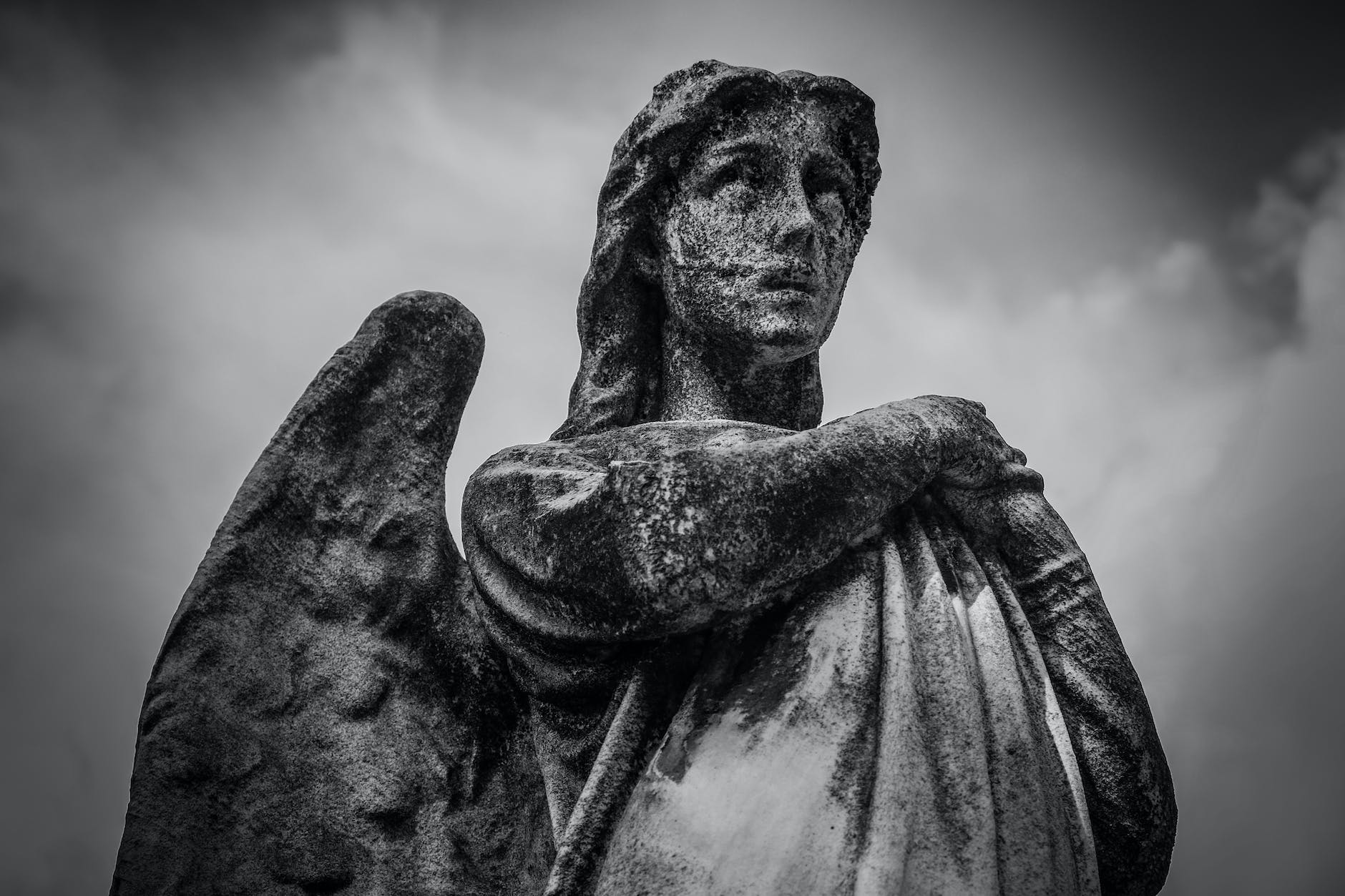Sculpture Collectibles: Discovering Valuable Art Pieces
For seasoned collectors or new enthusiasts, building a sculpture collection provides intellectual rewards and investment potential. Understanding sculptural eras, regional styles, technical hallmarks and market valuations allows recognizing one-of-a-kind finds or up-and-coming artists. This overview illuminates how to discern and appreciate special sculptural works as collectible art.
Identifying Valuable Sculpture
Certain qualities indicate collectible significance:
Cultural Importance
Works integral to art historical movements or associated with a prominent culture/era.
Artistic Mastery
Exceptional execution showcasing technical skill and vision. Fine details, dynamic compositions.
Material Rarity
Precious materials like gold, silver, ivory, or rare imported woods.
Craftsman Signature
Scarce pieces bearing the mark or style of sought-after artisans.
Provenance
Documented origins and previous ownership help establish significance.
Condition
Sound structural condition and well-preserved detailing optimize value.
Notable Sculpture Genres
Key genres to understand:
Antiquities – Ancient Greek, Roman, Egyptian relics.
Renaissance bronzes – Lost wax cast Italian bronzes, 15th-16th century.
Baroque ivories – Carved figural masterworks, 17th-18th century.
Art deco – Stylized figural bronzes and chryselephantine statuary, 1920-1939.
Animalier – Lifelike animal sculptures by acclaimed 19th century artisans.
Contemporary – Works by cutting edge and emerging sculptors.
Evaluating Potential Finds
Tips for recognizing overlooked treasures:
- Research marks/signatures – unknown ones may be rare regional artisans.
- Note material quality – dense carving stone, ornate chased metalwork.
- Assess age – well-preserved antiquities or vintage 20th century works.
- Look for limited editions. Numbered pieces more desirable.
- Compare similar examples online to gauge rarity and value.
- Consult appraisers to verify authenticity and importance.
Discerning fine sculpture requires appreciating artistry, cultural contributions and rarity. Honing one’s eye to discover special works makes collecting rewarding and exciting.
